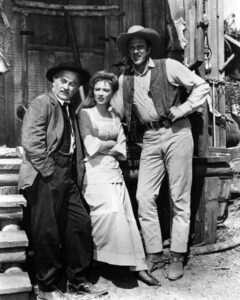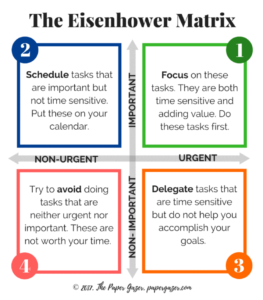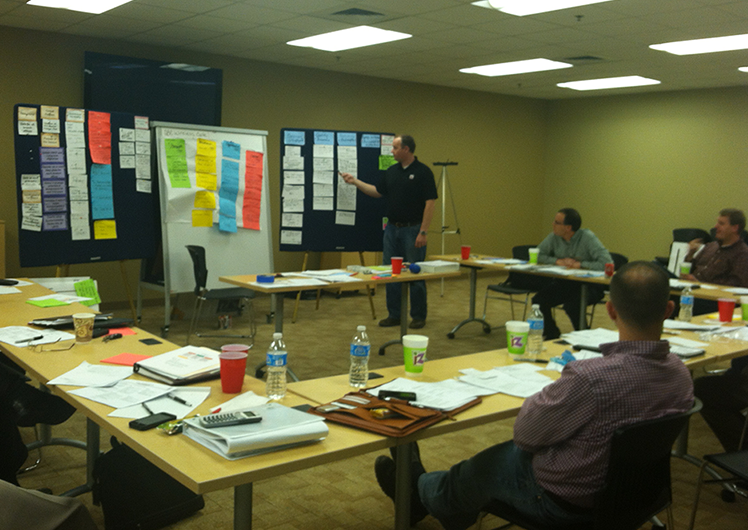Thanking Who
Today many of us will sit around a food-filled table with a few friends or family. Some of us will stop before the meal and acknowledge people and other things we are thankful for in our life. We also can be grateful to Who made us and continues to faithfully bless those who honor Him in their Leadership and Life.
For the Lord is good and his love endures forever;
his faithfulness continues through all generations
Psalm 100 NIV
A psalm. For giving grateful praise.
1 Shout for joy to the Lord, all the earth.
2 Worship the Lord with gladness;
come before him with joyful songs.
3 Know that the Lord is God.
It is he who made us, and not we ourselves [a];
we are his people, the sheep of his pasture.
4 Enter his gates with thanksgiving
and his courts with praise;
give thanks to him and praise his name.
5 For the Lord is good and his love endures forever;
His faithfulness continues through all generations.
Have a joyful day!
Leadership and Life Journal: A new way to look at the important things you already know. Subscribe to Leadership & Life Journal.

 He swooped into Dodge City driving a six-horse wagon and totin’ a full pocket of cash. His aim, and only aim, was to win Miss Kitty’s heart. He worked all days and nights with all his might and with all his money, but to no avail. The more he pushed, the more she pulled away. Her heart was and always would be in the Long Branch Saloon and with her man, Marshall Matt Dillon.
He swooped into Dodge City driving a six-horse wagon and totin’ a full pocket of cash. His aim, and only aim, was to win Miss Kitty’s heart. He worked all days and nights with all his might and with all his money, but to no avail. The more he pushed, the more she pulled away. Her heart was and always would be in the Long Branch Saloon and with her man, Marshall Matt Dillon.
 When I was in my mid-50s, I went through several unexpected life and work changes. They didn’t seem significant, but at some vague point afterward, I slowly disconnected from life and disengaged from my friends and my family. I sat alone, with no energy, feeling like I was walking in a fog. I even recall being so despondent that I hoped the phone would not ring because it might be a client, who was going to pay me to help, and I didn’t want to talk.
When I was in my mid-50s, I went through several unexpected life and work changes. They didn’t seem significant, but at some vague point afterward, I slowly disconnected from life and disengaged from my friends and my family. I sat alone, with no energy, feeling like I was walking in a fog. I even recall being so despondent that I hoped the phone would not ring because it might be a client, who was going to pay me to help, and I didn’t want to talk. About a month ago, an organization in the utility industry experienced the accidental death of an employee, a young husband with two children. Attending the funeral of a team member amid the stress of the pandemic was about all the people in this organization could take. To make matters worse, a hurricane hit in the Gulf of Mexico. It did not hit them, but as a good neighbor of the company impacted by the storm, this organization was expected to and had always rallied their resources to assist in this type of emergency. But this time, the CEO said no, it was just too much. He felt the stress they were experiencing could distract workers even more, and another accident could quickly occur. He announced this to his team as they stood silent.
About a month ago, an organization in the utility industry experienced the accidental death of an employee, a young husband with two children. Attending the funeral of a team member amid the stress of the pandemic was about all the people in this organization could take. To make matters worse, a hurricane hit in the Gulf of Mexico. It did not hit them, but as a good neighbor of the company impacted by the storm, this organization was expected to and had always rallied their resources to assist in this type of emergency. But this time, the CEO said no, it was just too much. He felt the stress they were experiencing could distract workers even more, and another accident could quickly occur. He announced this to his team as they stood silent.



 Now, I’m not quite sure whether this repetition happens because the child likes the story so much or because there is a message which they, in their innocence, know that we adults need to remember.
Now, I’m not quite sure whether this repetition happens because the child likes the story so much or because there is a message which they, in their innocence, know that we adults need to remember.

